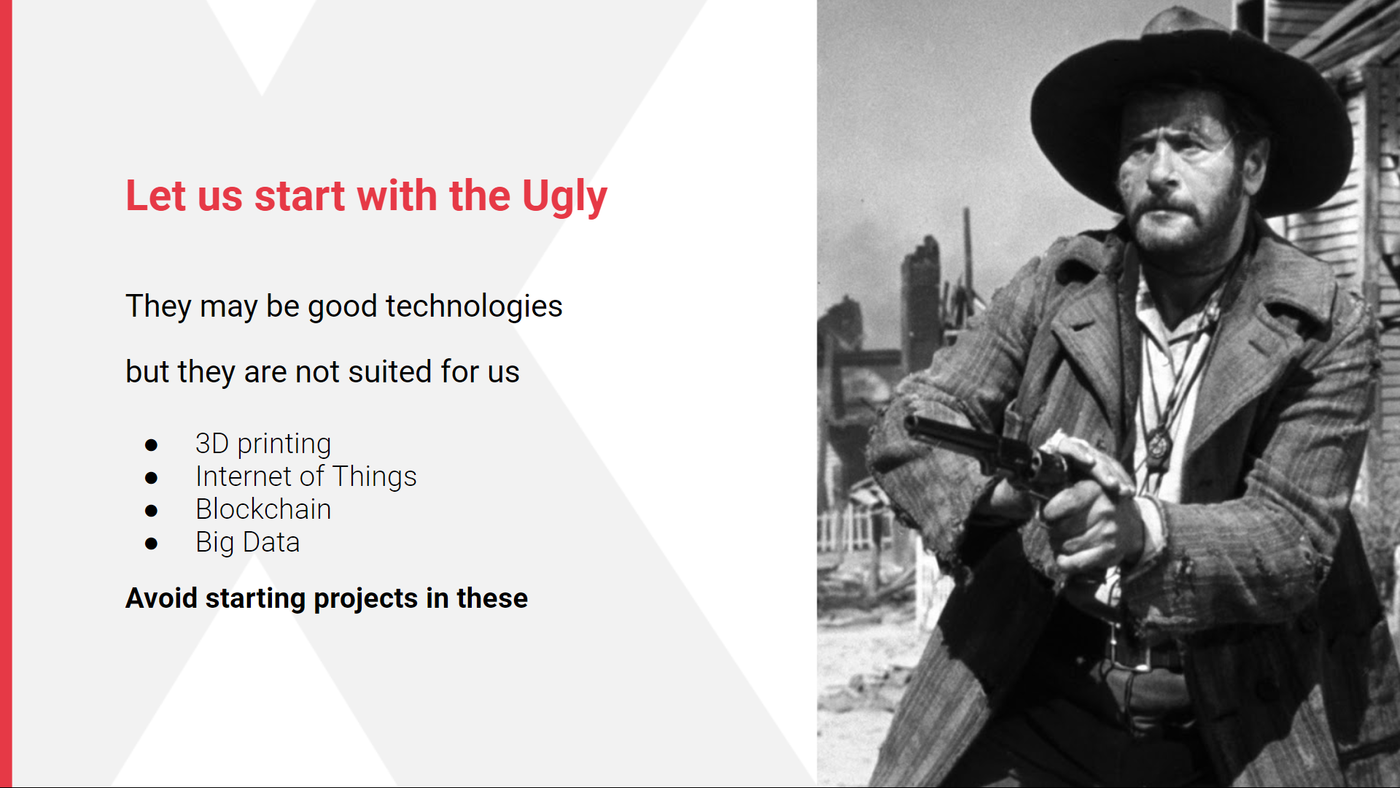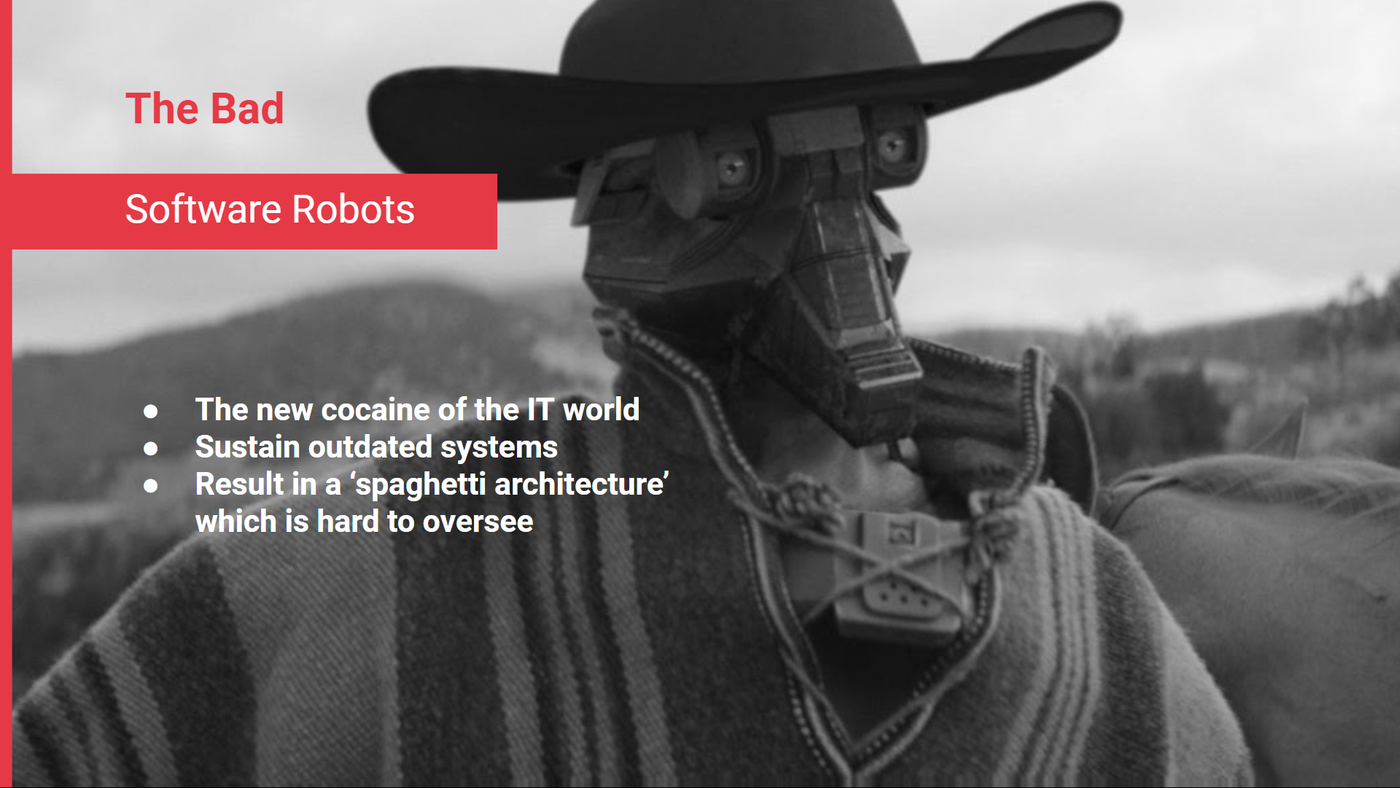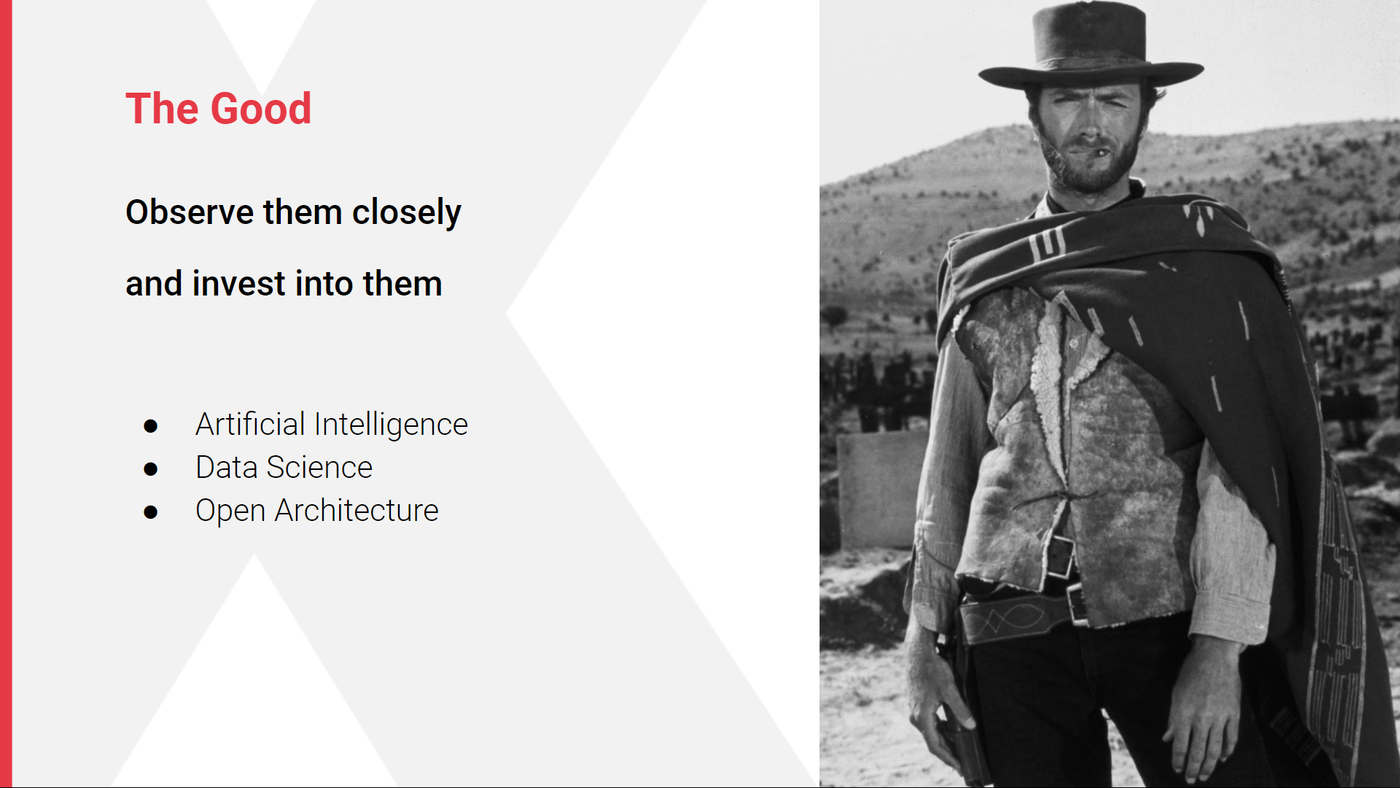
The Good, the Bad and the Ugly - presented at the annual conference the Association of Hungarian Insurance Companies
Ez a bejegyzés még ezeken a nyelveken is olvasható: magyar
The Association of Hungarian Insurance Companies held its 11th annual international conference on November 4th 2021 in Budapest. The leading theme of the event was Future-Proof Insurance. Speakers shed light onto some of the most intriguing trends in this domain. DBX is a long standing parner of the Associations and also the largest local IT knowledge center in the field. CEO Sándor Székely Sándor talked about The Good, the Bad and the Ugly among the IT trends that the industry has to cope with.
What do we call a trend? It is something that everyone has heard and talked about but everyone does not necessarily participate in. Trends often have a personal image as powerful influencers tell their tales every day. Trends rarely turn out exactly as advertised but the process of change does influence our lives nevertheless.
Let us start with the Ugly
There are trends which can be dubbed 'Ugly' in insurance IT. We usually should not really bother about them but the temptation to do so can still be overpowering.
A terribly popular IT application trend is 3D printing. Of course, no one thinks that an insurer has anything to do with it. Another such trend is Internet of Things (or IoT). No insurer is expected to start such a development project.

Yet what about blockchain? This surely sounds like an inviting trend but insurers may not profit from it significantly. The reason is that blockchain excels in facilitating transaction between parties who have little information of one another and would not consider each other trustworthy otherwise. Whereas an insurer and their customer does not suffer from such a gap of trust. The whole insutry is highly regulated and supervised.
10 to 15 years ago big data emerged as a top trend. This was the time of constructing the first data warehouses and data marts. Then it turned out that in insurance the volume of data simply does not warrant for a big data approach. Or we may conclude the we have not been able to find the right data to be analysed. Financial information does not contain much hidden surprises. As such, this trend is also mostly 'Ugly' un this industry, as long as we do not work with the right data.
The Bad
As Sándor explained, there are also trends which cannot be ignored. Rather we should actively challenge them. They can be called the 'Bad' ones among the three types.
A nagging bad trend is that in Hungary as well as in the whole CEE region, professional wages continue to be low in a European comparison. This hinders IT innovation as technological development may be subsituted for by adding live workforce. While in more developed markets the dominant view is that it may be better to ignore business process in case no automated solution can be found for them. Development opportunities should be pursued elsewhere. As it is, our region continues to lag behind..

The trend of Robotic Process Automation (or RPA) is a dubious one as well. These tools substitute for the human administration of transferring data across incompatible IT systems. Practically they are abel to copy entries from one screen to another, offering a quick and superficial solution for system integration. The issues is, if we continue to resort to them we get stuck in legacy insurance systems and will not design IT which is future-proof. "Software robots are the cocaine of the IT world", offered Sándor Székely.
Another bad trend is the regulation of data protection as long as it draws resources away from important innovation. Regulators abound in Europe as well as in Hungary and they pose one requirement after another for corporate IT. Can we stay competitive with global business and knowledge centers this way? Do we believe that in China or even the USA a similar ratio of development resources is devoted to data compliance or is it that they rather make this investment in foward-looking technologies?
And at last the Good
.jpg)
To our luck there are 'Good' trends as well. These are the ones that warrant for our attention and investment in the pursuit of future-proof insurance IT.
Artifical Intelligence is the first among them. This is an expansive domain but a common feature of AI applications is that they can substitute for human decisions. In some cases this is already in operation. For example the usage of face recognition technology for authentication is a stable and live technology. In the near future AI can be expected to emerge in risk assessment, i.e. a risk profile will be gained based on recognised patters. The same concept can be applied in fraud detection whereas in claims management, recognition, arragement and checking of the completion of documentation may be automated thorugh AI. There is a huge potential for AI in generating personalised offers too.
AI is coupled by the trend of Data Science. It seems like the earlier promise of 'big data' will rather be realised by this particular trend. There exist prospective sources of data even if not exactly where we had once thought they would be. Data subjects which have previously not been considered can now be a source of analysis. An example is the data accumulated in DBX's Hammy omni-channel solution. Information captured from e-mail communication sheds light on what kind of device our customer uses, where they live and when they usually get up in the morning.
A trend of high potential is that of Open Architecture. In a practical manner, we at DBX develop an core insurance system which provides standard interfaces for partners to collaborate with insurer without limitations of time and space. Such an ecosystem corresponds to the business model of B2B2C in which business partners provide service to customers in a value chain. It also provides a substitution for obsolete service channels. This is exactly what digital native customers look for. For them, digitalisation cannot be emulated. They must be serviced in a fully digital manner.

In a business sense open architectures enable insurers to bring micro-products to market. Through this innovation we strongly hope that missing further business opportunities can be avoided - as it happened with the extended warranty insurance product a few years ago which could not be captured by the industry due to a lack of suitable technology. Usage-based insurance also has a bright future which can only be reached by exploiting the trend of open architecture. The concept of 'bancassurance' which has existed for some time can also be greatly aided by open archuitecture as this is the way different the propositions from different players can build on one another.
Further information on the conference can be found under: https://mabisz.hu/konferencia-2021/
A bejegyzés teljes szövege a medium.com-on olvasható